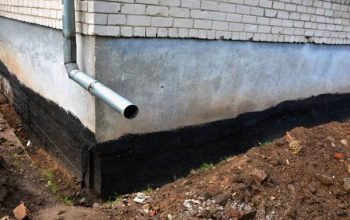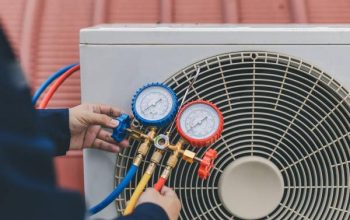Home insulation has come a long way in recent years, with advancements in technology leading to more efficient and effective solutions for homeowners. One of the most exciting developments in this field is the use of spray foam insulation, which offers numerous benefits over traditional insulation materials.
Spray foam insulation is a type of plastic that is sprayed onto surfaces as a liquid and then expands to fill gaps and cracks, creating a seamless barrier against heat loss or gain. This method provides superior insulation compared to traditional materials like fiberglass or cellulose, which can leave gaps and allow air leakage.
One of visit the source key advantages of spray foam insulation is its ability to create an airtight seal in homes, preventing drafts and reducing energy bills. By sealing off areas where heat can escape or enter, homeowners can enjoy greater comfort year-round while also saving money on their heating and cooling costs.
Another benefit of spray foam insulation is its durability and longevity. Unlike other types of insulation that may degrade over time or be susceptible to pests or moisture damage, spray foam creates a durable barrier that can last for decades without needing replacement.
In addition to its superior insulating properties, spray foam also offers environmental benefits. Because it helps reduce energy consumption by improving the efficiency of heating and cooling systems, it can lower carbon emissions associated with home energy use. This makes it an attractive option for environmentally conscious homeowners looking to reduce their carbon footprint.
As technology continues to advance, so too does the innovation in spray foam insulation. New formulations are being developed that offer even greater efficiency and performance than ever before. For example, some manufacturers are now producing closed-cell spray foam that has higher R-values (a measure of thermal resistance) than traditional open-cell foams.
These advancements are making spray foam insulation an increasingly popular choice for new construction projects as well as retrofitting older homes. In fact, many builders and contractors are now recommending spray foam as the go-to solution for achieving maximum energy efficiency in residential buildings.
While there may be some upfront costs associated with installing spray foam insulation compared to traditional materials, the long-term savings on energy bills often outweigh these expenses. Additionally, many homeowners find that the increased comfort and improved indoor air quality provided by spray foam make it well worth the investment.
Overall, the future looks bright for home insulation thanks to innovations in spray foam technology. With its superior performance, durability, environmental benefits, and ongoing advancements in formulation, this cutting-edge material is poised to revolutionize how we keep our homes comfortable and efficient for years to come.




